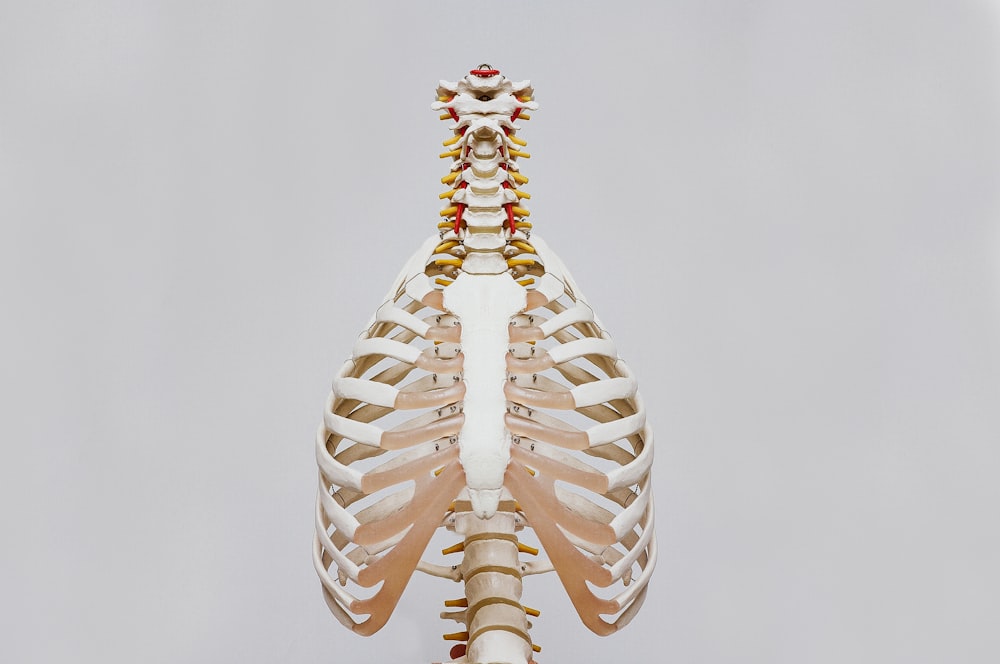
You may not be aware of how important diaphragm strengthening is. The diaphragm muscle, which is our body’s primary respiratory muscle right beneath our lungs, is a muscle often neglected at the gym. Your diaphragm is a large, dome-shaped muscle that contracts constantly and regularly, and it’s mostly involuntary. For example, the diaphragm naturally contracts and flattens during inhalation, while the chest cavity expands. A vacuum is created by this contraction, which sucks air into the lungs.
Upon exhaling, the diaphragm relaxes and returns to its original position. Exercising your diaphragm muscle – diaphragm strengthening – is important because the diaphragm also performs several non-respiratory functions. It raises abdominal pressure to aid in the removal of vomit, urine, and faeces from the body. To avoid acid reflux, the diaphragm also puts pressure on the oesophagus. This respiratory muscle also plays a vital role in stabilizing the core. It forms the top of the core ‘box’, working with the internal and external obliques, quadratus lumborum, pelvic floor, and transverse abdominus.
Just like any other muscle, diaphragm strengthening can be achieved by doing specific exercises targeted at the muscle. The best way to practice diaphragm strengthening is via diaphragmatic or belly breathing. Diaphragmatic breathing can help regulate your nervous system, helping you relax and lowering your blood pressure. This breathing technique also strengthens your diaphragm muscle.
What is Diaphragmatic Breathing?
Diaphragmatic breathing, sometimes referred to as “belly breathing,” requires fully engaging the stomach, abdominal muscles, and diaphragm muscles while you breathe. With each inward breath, you actively pull the diaphragm down. In this approach, diaphragmatic breathing aids in the efficient filling of the lungs. Breathing is a natural function that happens without conscious effort most of the time.
The average breath, on the other hand, is shallow and does not fully engage the diaphragm muscle. A person engages their diaphragm purposefully to take deeper breaths during diaphragmatic breathing. The rise and fall of a person’s stomach will be noticeable, hence the alternate name of ‘belly breathing’. Instead of only your chest and shoulders rising as you inhale, during diaphragmatic breathing, your belly rises and your chest stays relatively flat. You’ll experience an expanding or stretching sensation in your stomach. There are many benefits to this type of breathing.

Health Benefits of Diaphragmatic Breathing
Diaphragmatic breathing is more efficient than chest muscle breathing. You not only expend less energy to breathe, but you also get more oxygen with deeper breaths.
Some benefits of practising diaphragmatic breathing (and the diaphragm strengthening it results in) include:
1. Relaxation Benefits: Reduced Stress and Anxiety
Diaphragmatic breathing stimulates the vagus nerve, which activates the parasympathetic nervous system, or relaxation response, in your body. As a result, whether you’re tense or anxious, this breathing technique can help you relax. Many people with a dysregulated nervous system report feeling calmer and more regulated after practising diaphragmatic breathing.
2. Increased Oxygen Supply
Breathing deeply using the diaphragmatic breathing technique increases your oxygen intake. Your body and brain need a healthy supply of oxygen delivered, and this is more effective when you use the diaphragmatic breathing method.
3. Improves Immunity
Breathing exercises increase the amount of oxygen in the body while also increasing the release of carbon dioxide-based pollutants. Increased oxygen levels in cells and tissues improve their health and performance. Organs that are healthier and operate properly boost the body’s immune system. Infectious germs and viruses are more easily defeated when blood is clean and oxygenated. Improved breathing also aids in the body’s absorption of vitamins and minerals.
4. Improves Sleep Quality
Better sleep is aided by a deep breathing practice that includes complete exhalation of the air out. Breathing cleanses the body and sends forth signals to relax. Even insomniacs can benefit from a deep breathing exercise such as diaphragmatic breathing before bed.
5. Improves Your Digestive System
Deep breathing boosts oxygen supply in the digestive organs, allowing them to function more effectively in the treatment of gastrointestinal problems such as constipation, indigestion, and so on. The body is kept energised and healthy through regular digestion. After a period of diaphragmatic breathing, it’s common for a healthy bowel movement to occur right after.
6. Diaphragm Strengthening Also Strengthen Your Lungs
Diaphragmatic breathing exercises aid in the build-up of air in the lungs and diaphragm. This breathing technique improves lung flexibility, allowing for stronger lungs and better breathing.

What is Diaphragm Weakness or Paralysis?
Diaphragm strengthening is an important addition to your fitness routine because a weak diaphragm can cause a variety of health conditions.
Patients with a paralysed diaphragm have diaphragm weakness and can’t properly manage their voluntary breathing. They also have trouble sustaining proper gas exchange since their lungs are unable to efficiently inhale and exhale outside air. This is due to the phrenic nerve providing weak or no signals to the diaphragm to relax or contract, or the phrenic nerve being unable to send any signal to any part of or the entire diaphragm.
Diaphragm paralysis can be unilateral or bilateral.
Unilateral paralysis involves one side of the diaphragm. This indicates that the diaphragm is only partially functional, and the paralysed portion will rise higher into the chest cavity, obstructing breathing by taking up space reserved for the lungs.
Bilateral paralysis occurs when the entire diaphragm is paralyzed. This implies that the diaphragm is unable to operate during inhalation and exhalation, necessitating the use of a breathing machine.
Tips for Diaphragm Strengthening
It’s difficult to feel the movement of the diaphragm because there are very few nerve endings that would make us feel its movements. Instead, you can observe the results of a properly moving diaphragm. When it comes to diaphragm strengthening and training your diaphragm to be stronger and function better, you might wonder how to strengthen a muscle that you cannot touch, feel or see.
Andrew Pong, an actor, martial artist and professional stuntman explains, “The diaphragm is a very underrated muscle. Singers need to do a lot of diaphragm strengthening. For singing training, we did a lot of diaphragm training. We started early by laying down on the floor on our backs. We were taught diaphragmatic breathing. We were taught to imagine our belly buttons trying to touch the ceiling. Eventually, we put a book or weight on the belly while breathing. Once we learned how to breathe better with our diaphragm, we learned how to sing with our diaphragm while running on a treadmill.”
Diaphragm Strengthening Techniques
Want to strengthen your diaphragm? Lie flat on your back with your knees bent and your head supported on a level surface or in bed. To support your legs, place a pillow under your knees. One hand should be on your upper chest, while the other should be just below your rib cage. You’ll be able to feel your diaphragm move as you breathe this way.
Slowly inhale through your nose, allowing your tummy to move upwards, against your hand. Keep your hand on your chest as still as possible. The key is to notice that your chest does not rise while you breathe, but your belly does.
Tighten your stomach muscles, letting them fall inward as you exhale through pursed lips. The hand on your upper chest must remain as still as possible.
Some people put a dumbbell on their belly or a weight of some sort (like a book) when strengthening their diaphragm through diaphragmatic breathing.
Start adding diaphragm strengthening techniques into your health and fitness routine to reap the benefits of a stronger diaphragm muscle. For more information about your optimal fitness routine, try CircleDNA and get a personalized fitness report based on your genetics.






